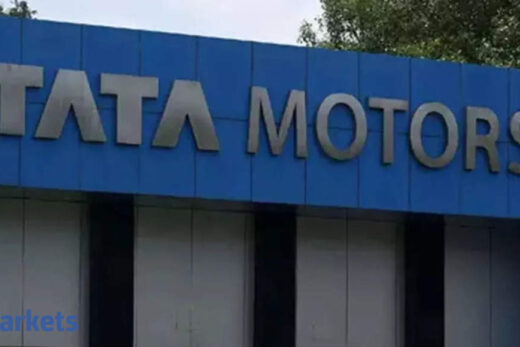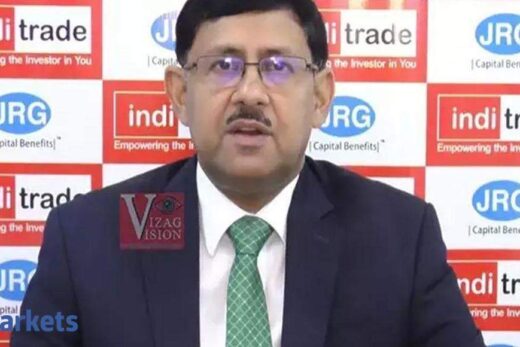“The present semiconductor supply issues represent a significant near-term challenge for the industry which will take time to work through but we are encouraged by the strong demand we see for when supply recovers,” said Thierry Bollore, chief executive officer, JLR.
JLR said that the situation around the chip shortage should improve in the second half of the current financial year. “However, the broader underlying structural capacity issues will only be resolved as supplier investment in new capacities comes online over the next 12-18 months and so we expect some level of shortages will continue through to the end of the year and beyond,” JLR said.
The company is currently focusing on the production of high-margin vehicles for the chips currently available and making chip- and product-specific changes wherever possible.
“In the scenario above, we expect an operating cash outflow of about 1 billion pound sterling with a negative EBIT margin in the second quarter and a substantial improvement in underlying operating cash flow in the second half of the financial year as chip supply improves,” the company said.
In the quarter ended June, JLR’s retail sales jumped 68.1 per cent on a year-on-year basis to 1,24,537 vehicles with each geographical location reporting growth. The performance is largely aided by the small base of the year-ago quarter, which was marred by Covid-19.
“We are pleased to see the gradual economic recovery from the pandemic with customers returning to our showrooms driving double-digit year-on-year sales growth in all regions,” Bollore said.
At the wholesale level, volumes jumped 73 per cent on year to 84,442 units excluding China JV numbers. However, this was 30,000 units lower than what was planned due to chip shortage and the impact of the pandemic, the company said.
As a result of the chip shortage and lower production, JLR expects to report a cash outflow of 1 billion pound sterling in the June quarter and negative earnings before interest and tax margin.
Shares of parent
listed on NSE were down 2 per cent at Rs. 339.4 after trading nearly 3 per cent higher. The differential voting rights were over 3 per cent lower on the bourse.



